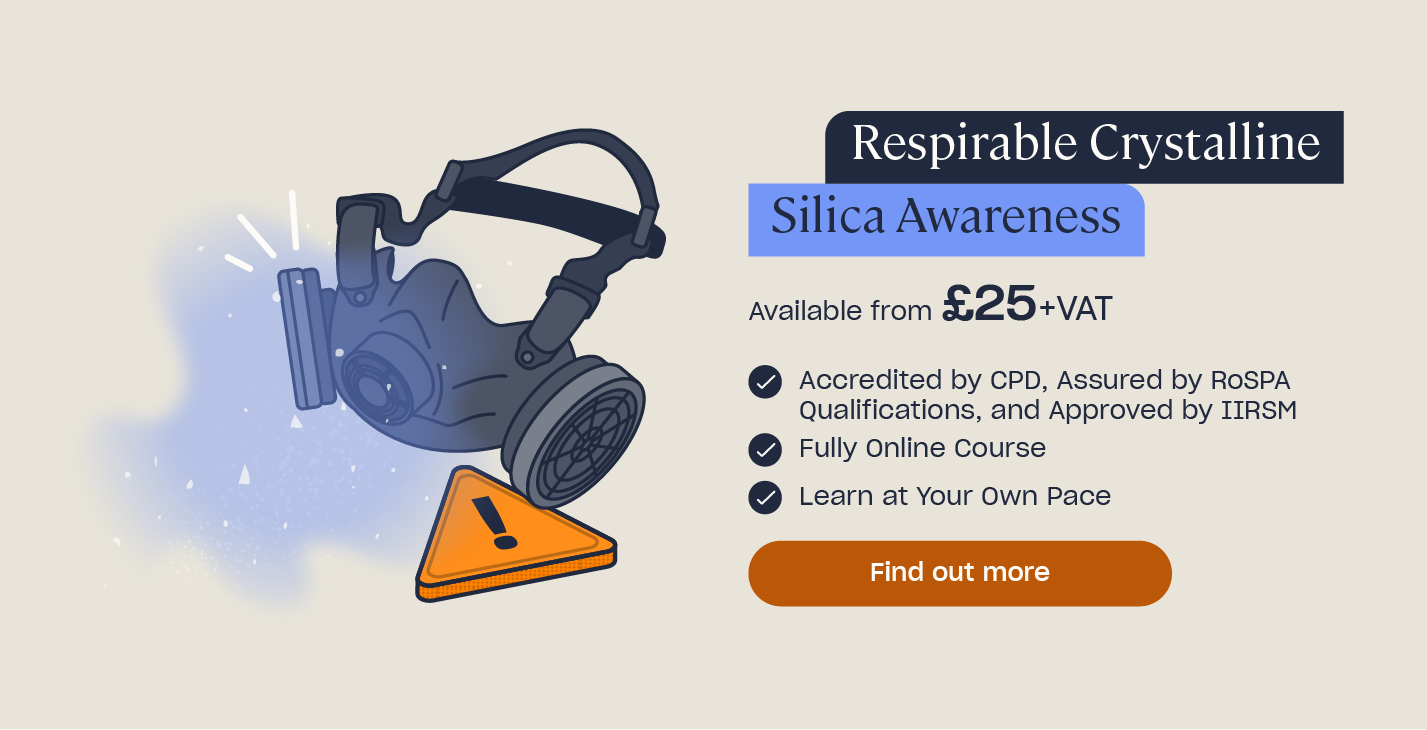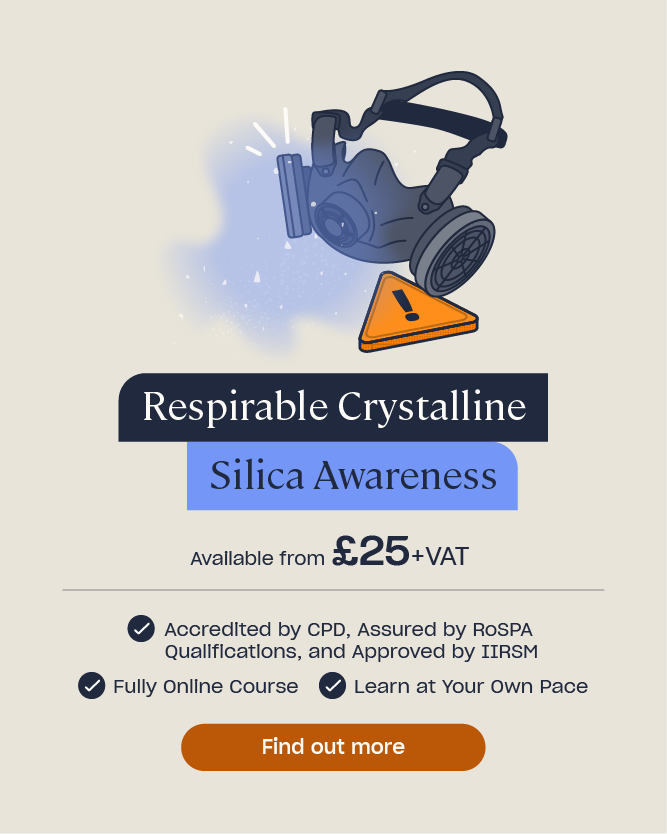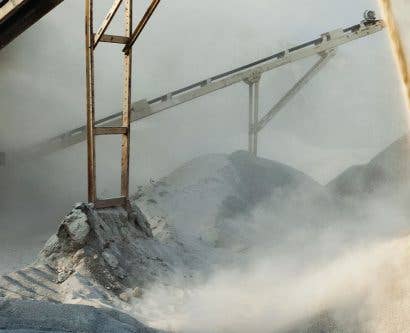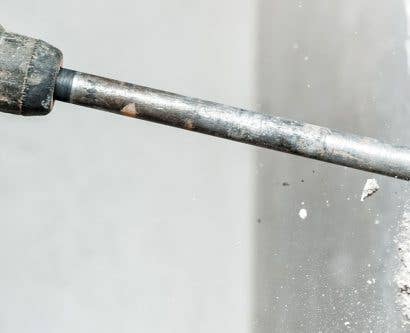What is Respirable Crystalline Silica (RCS) Dust and Why is it Dangerous?
Any work activities that expose workers to construction or mineral processing dusts can have severe health impacts on workers and anyone in the vicinity. Therefore, it’s essential that you understand the risks and hazards associated with your work activities, and take the appropriate precautions.
This article will explain what respirable crystalline silica (RCS) dust is, the hazards associated with exposure and your responsibilities for controlling RCS dust exposure in your workplace.
What is Respirable Crystalline Silica?
Silica, or silica dioxide, is a natural substance found in most sand, rocks and clay, as well as several products such as concrete, brick, mortar and some plastics.
Construction and mineral processing activities, including drilling, sanding and grinding, can result in the production of silica-containing dusts. Silica dust particles that are small enough to penetrate deeply into the lungs when breathed in are known as respirable crystalline silica (RCS) dust.
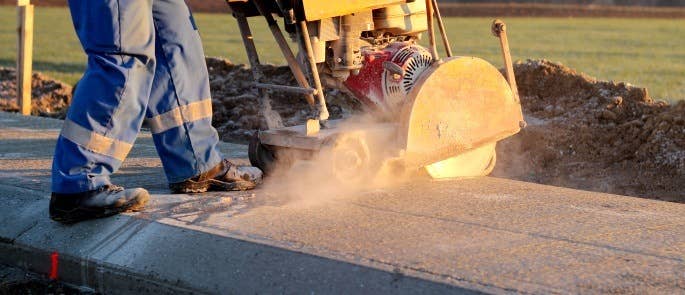
What Are the Risk Factors of Silica Dust?
Regular, uncontrolled exposure to silica dust can cause severe health impacts for workers and anyone in the vicinity. This may include:
- Silicosis. Silicosis is a long-term lung disease that results from continuous exposure to large amounts of RCS dust. When RCS dust is inhaled into the lungs, the particles are attacked by the immune system, resulting in inflammation. If RCS dust is repeatedly inhaled over a long period of time, this recurrent attacking and inflammation will result in fibrosis (areas of hardened and scarred tissue in the lungs). Silicosis impacts the lungs’ ability to function correctly, causing those with the disease to often experience a persistent cough, breathlessness and tiredness. Silicosis often occurs after prolonged exposure (10-20 years). However, very significant exposure over a few months can be enough to result in silicosis.
- Chronic Obstructive Pulmonary Disease (COPD). COPD is the collective name for the group of lung diseases that lead to breathing difficulties, including emphysema and bronchitis. One of the causes of COPDs is prolonged exposure to fumes and dusts. Individuals with COPD often experience shortness of breath, wheezing, persistent coughing, and recurring chest infections. These symptoms gradually worsen over time; however, individuals may experience periods where their symptoms significantly worsen, very quickly. Smoking can make the symptoms of COPD considerably worse.
- Lung Cancer. Continued exposure to large volumes of RCS dust can result in lung cancer. The symptoms of lung cancer include persistent coughing, increasing shortness of breath, weight loss, tiredness, and coughing up blood. However, these symptoms are often unnoticed until the cancer has spread from the lungs. The risks of lung cancer increase if an individual also has silicosis.
RCS exposure can have significant health impacts, many of which can be seriously life changing. Approximately 19,000 new cases of breathing or lung problems that are believed to be caused, or made worse, by work activities arise every year. RCS exposure will be a major contributor to this number and results in approximately 600 deaths annually.
Therefore, it’s essential that you understand the risks and hazards associated with RCS so that you can effectively manage them.
Who is Most at Risk from RCS exposure?
Many professions are at an increased risk of RCS dust exposure due to the activities they carry out at work. These professions include:
- Construction workers. Many construction activities, including sanding, drilling, demolition work and cutting, will expose workers to large volumes of dusts.
- Quarry workers and miners. Silica is abundantly found in the Earth’s crust; therefore, most rocks, clays, sand and gravels will contain silica. Work activities carried out on these materials can expose workers to RCS dust.
- Foundry workers. Work activities including casting sand, fettlings and kiln lining produce dusts and, when dry, can exposure workers to RCS dust.
- Stonemasons. Stonemasons work primarily with stone, which contains silica. Work activities including sanding, chiselling, grinding and cutting can expose workers to RCS dust.
Please note that this is not an exhaustive list of workers who may be exposed to RCS dusts.
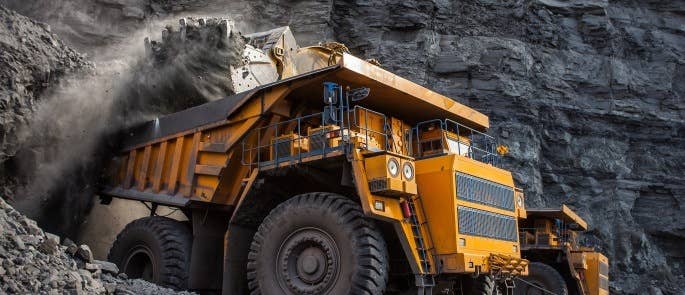
When Does Respirable Crystalline Silica Dust Become a Hazard for Workers?
Respirable crystalline silica is a hazardous substance that can have serious impacts on people’s health. Therefore, RCS has a set Workplace Exposure Limit (WEL) to protect the health of workers. The WEL represents the legal, safe maximum concentration that workers can be exposed to over the stated time-frame.
RCS has a long-term exposure limit of 0.1 mg/m3 averaged over an eight-hour time period. Employers are required by law to ensure that RCS exposure is monitored and that the WEL is not exceeded. Control measures may be required to reduce RCS dust exposure to below the WEL.
The volume of silica present in different silica-containing materials varies significantly. The table below, from the HSE guide: Control of Exposure to Silica Dust, displays the range:
| Material | Percentage Content of Silica (%) |
|---|---|
| Sandstone | 70 – 90 |
| Concrete, mortar | 25 – 70 |
| Tile | 30 – 45 |
| Granite | 20 – 45 (typically 30) |
| Slate | 20 – 40 |
| Brick | Up to 30 |
| Limestone | 2 |
| Marble | 2 |
However, even if a substance has a low silica content, exposure to a large amount of dust of any type can result in serious health impacts. Different types of dusts will have different WEL values.
What Should You Do?
Everyone involved in work activities that produce dust plays an important role in ensuring that the associated hazards are managed.
Employer Responsibilities
Employers are required by law to:
- Conduct their work activities and workplaces in a safe manner that does not pose risk to workers and others, this includes the public, visitors to the site and contractors.
- Carry out a suitable and sufficient risk assessment for their workplace and work activities, select and maintain appropriate controls, and communicate the significant findings to their employees.
- Provide their workers with information on the risks and hazards associated with the workplace and work activities, on any control measures in place, and the policies and procedures they must follow at work.
- Ensure appropriate health surveillance is provided where necessary.
- Ensure employees are adequately and appropriately trained for their duties.
You can find further practical guidance and advice on controlling hazardous substances in the workplace in the Control of Substances Hazardous to Health (COSHH) Approved Code of Practice (ACoP): COSHH ACoP.
Employee Responsibilities
Employees, whether full-time or part-time, have a legal duty to ensure their own health and safety while at work. This includes:
- Always adhering to the health and safety information and instructions provided by their employer.
- Fully cooperating with any matters relating to health and safety.
- Properly using any control measures enforced by their employer.
- Immediately reporting any issues with control measures to their employer.
For construction specific projects, further duties are outlined for the clients, principle designers, principle contractors, designers, contractors, and small builders. For more information on these further duties take a look at our Respirable Crystalline Silica Awareness Course.
What to Read Next:
- Using the Assess, Control and Review (ACR) Model to Measure & Control Silica Dust Hazards
- Pollution from Construction: What Are the Types & How Can We Prevent It?
- How to Dispose of Construction Waste


